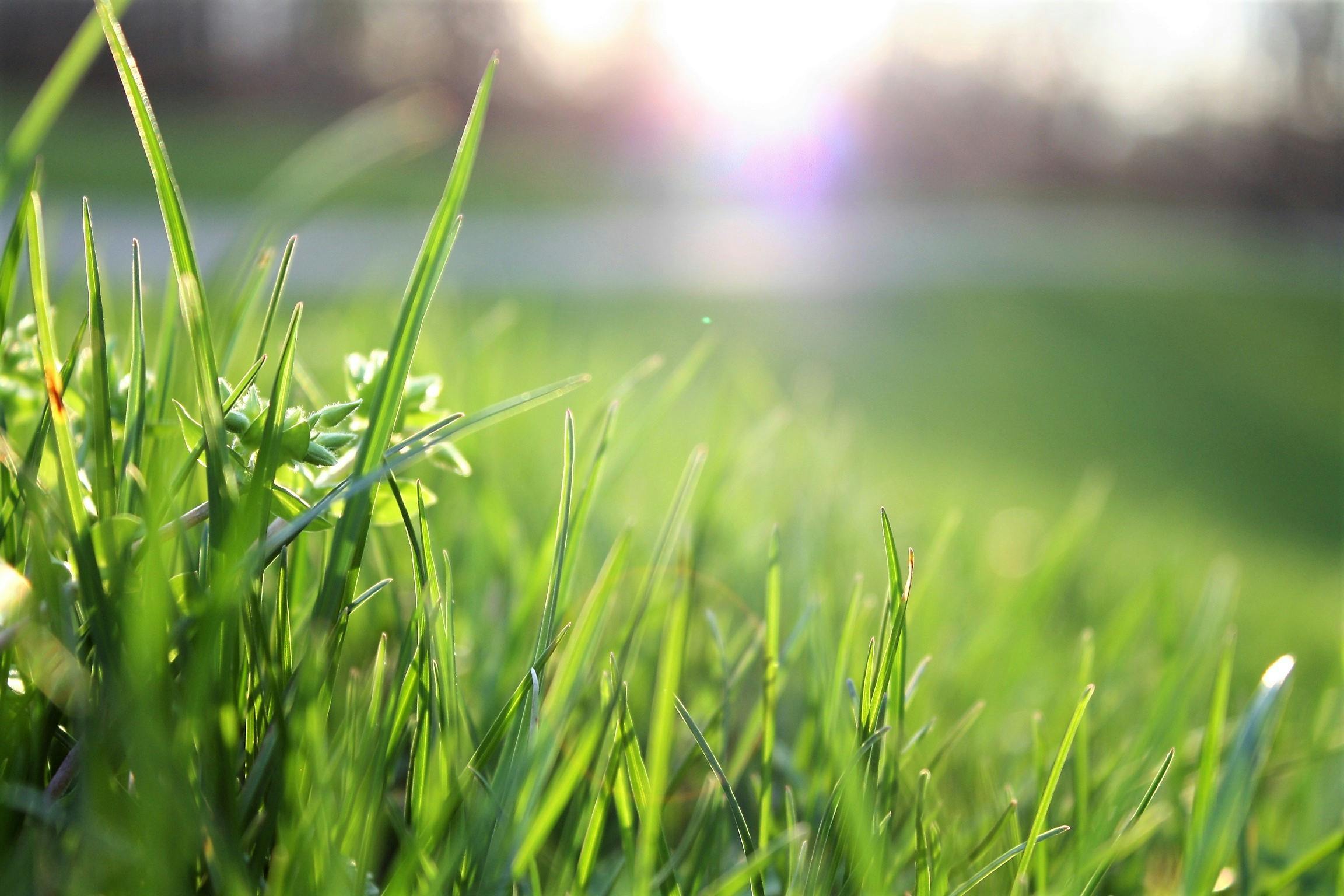As the chill of winter recedes and the vibrant hues of spring begin to paint our landscapes, a sense of renewal permeates the air. Just as we feel the urge to refresh our homes and wardrobes, our lawns, too, are stirring from their dormant slumber, eager to burst forth with lush greenery. This period of awakening is a critical time for lawn care, and one of the most impactful steps you can take to ensure a healthy, vibrant lawn all season long is early season fertilization.
Think of your lawn as an athlete preparing for a marathon. After a period of rest (winter dormancy), it needs the right fuel to perform at its peak. Early spring fertilization provides that essential nourishment, giving your grass the energy it needs to establish strong roots, develop healthy blades, and effectively ward off weeds and diseases. Neglecting this crucial step can leave your lawn struggling to thrive, making it more susceptible to stress and less able to achieve that coveted carpet-like appearance.
At Champion Green Turf, we understand the science behind a beautiful lawn. We know that the timing and type of fertilization play a pivotal role in its overall health and resilience. This comprehensive guide will delve into the critical importance of early season lawn fertilization, providing you with valuable tips on when to fertilize, what nutrients your lawn needs, and the remarkable benefits of this foundational lawn care practice.
Why Early Season Fertilization is Crucial for a Thriving Lawn
The transition from winter to spring is a period of significant change for your lawn. The soil begins to warm, and the grass plants emerge from dormancy, requiring a surge of energy to initiate new growth. Early season fertilization provides this much-needed boost, setting the stage for a healthy and vigorous lawn throughout the growing season. Here’s a closer look at the key reasons why early fertilization is so important:
Fuels New Growth: As temperatures rise and daylight hours increase, your grass begins to actively grow. This new growth requires a significant amount of nutrients, particularly nitrogen, which is essential for leaf and stem development. Early fertilization ensures that these vital nutrients are readily available, promoting a rapid and healthy green-up.
Strengthens Root Systems: While top growth is visible, the development of a strong and extensive root system is equally crucial for a resilient lawn. Early fertilization, especially with a balanced fertilizer containing phosphorus, encourages robust root growth. Strong roots help your lawn absorb water and nutrients more efficiently, making it more drought-tolerant and less susceptible to stress.
Enhances Disease Resistance: A well-nourished lawn is better equipped to defend itself against common lawn diseases. Early fertilization provides the necessary nutrients to strengthen the grass plants’ natural defenses, making them less vulnerable to fungal infections and other ailments that can mar their appearance and health.
Improves Weed Control: A dense and healthy lawn naturally inhibits weed growth by competing for sunlight, water, and nutrients. Early fertilization promotes this density, making it harder for weed seeds to germinate and establish themselves. Furthermore, a healthy lawn is better able to tolerate selective herbicides applied later in the season for targeted weed control.
Promotes Rich Green Color: Nitrogen, a primary component of most lawn fertilizers, is directly responsible for the vibrant green color we all desire in our lawns. Early fertilization ensures an adequate supply of nitrogen, leading to a deep and aesthetically pleasing green hue that enhances your property’s curb appeal.
Increases Overall Resilience: A lawn that receives proper early season fertilization is simply more resilient to environmental stresses such as heat, drought, and foot traffic. The strong root system and healthy plant growth contribute to a lawn that can withstand the challenges of the growing season.
When is the Right Time to Fertilize Your Lawn in Spring?
Timing is paramount when it comes to early season lawn fertilization. Fertilizing too early when the ground is still frozen or the grass hasn’t begun to actively grow will result in wasted fertilizer and potential nutrient runoff. Conversely, waiting too long can leave your lawn struggling to catch up. Here are some key indicators to help you determine the optimal time to fertilize in spring:
- Soil Temperature: The most reliable indicator is the soil temperature. Aim to fertilize when the soil temperature consistently reaches 55°F (13°C) for several consecutive days. This is typically when the grass begins to actively grow. You can use a soil thermometer to accurately measure the soil temperature.
- Grass Green-Up: Observe your lawn closely. When you see a noticeable greening of the grass across the majority of your lawn, it’s a good sign that active growth has begun and it’s time to fertilize.
- Last Frost Date: Consider the average last frost date for your region. It’s generally advisable to wait until after the threat of the last significant frost has passed before applying fertilizer.
- Avoid Over-Fertilizing Too Early: While early fertilization is crucial, avoid applying excessive amounts of fertilizer too early in the season. This can lead to rapid, weak growth that is more susceptible to disease. Follow the recommendations on the fertilizer product label.
Understanding the Essential Nutrients for Spring Lawn Growth
Lawn fertilizers typically contain a blend of three primary macronutrients, represented by the N-P-K ratio on the fertilizer bag:
- Nitrogen (N): The most crucial nutrient for spring growth, nitrogen promotes leaf and stem development, resulting in a lush, green lawn. It’s readily used by the actively growing grass.
- Phosphorus (P): Essential for root development, phosphorus plays a vital role in establishing a strong foundation for your lawn. While less critical for immediate spring green-up than nitrogen, it’s important for long-term health.
- Potassium (K): Potassium contributes to the overall health and stress tolerance of your lawn, helping it withstand drought, disease, and temperature fluctuations.
For early spring fertilization, a fertilizer with a higher nitrogen content compared to phosphorus and potassium is often recommended to encourage vigorous top growth. However, a balanced fertilizer can also be beneficial, especially if you haven’t had your soil tested recently.
Tips for Successful Early Season Lawn Fertilization
To maximize the benefits of early season fertilization, follow these practical tips:
- Choose the Right Fertilizer: Select a high-quality lawn fertilizer that is appropriate for your grass type and the time of year. Consider a slow-release fertilizer, which gradually releases nutrients over a longer period, providing consistent nourishment.
- Follow Product Instructions: Always read and carefully follow the application instructions on the fertilizer bag. Applying too much fertilizer can damage your lawn.
- Use a Spreader: For even and consistent application, use a fertilizer spreader. Calibrate your spreader according to the product instructions to ensure the correct application rate.
- Water After Fertilizing: After applying granular fertilizer, water your lawn thoroughly. This helps to dissolve the fertilizer and move the nutrients into the soil where the roots can absorb them.
- Consider Soil Testing: A soil test provides valuable insights into the specific nutrient needs of your lawn. Based on the results, you can choose a fertilizer with the appropriate N-P-K ratio and avoid applying unnecessary nutrients.
- Time Your Application: As discussed earlier, apply fertilizer when the soil temperature is right and the grass is actively growing.
- Avoid Fertilizing Dormant or Stressed Lawns: Do not fertilize when your lawn is still dormant from winter or is experiencing stress from drought or disease.
- Clean Up Spills: Sweep up any spilled fertilizer granules from sidewalks and driveways to prevent runoff into waterways.
The Long-Term Benefits of Consistent Lawn Care, Starting with Spring Fertilization
Early season fertilization is not just a one-time fix; it’s the first step in a consistent lawn care program that yields long-term benefits. By providing your lawn with the essential nutrients it needs in the spring, you’re setting it up for success throughout the entire growing season. This proactive approach leads to:
- A consistently healthy and vibrant lawn: Regular fertilization contributes to a lawn that looks its best year after year.
- Reduced susceptibility to problems: A strong, well-nourished lawn is less likely to be plagued by weeds, diseases, and pest infestations.
- Improved drought tolerance: Healthy roots, encouraged by proper fertilization, help your lawn withstand dry periods more effectively.
- Enhanced curb appeal: A lush, green lawn significantly enhances the overall appearance and value of your property.
- More enjoyment of your outdoor space: A healthy lawn provides a beautiful and comfortable space for recreation and relaxation.
Champion Green Turf: Your Partner in Achieving a Beautiful Spring Lawn
At Champion Green Turf, we are dedicated to providing expert lawn care services and guidance to help you achieve the lawn of your dreams. Our team of experienced professionals understands the specific needs of lawns in our service areas and can develop a customized fertilization program tailored to your lawn’s unique requirements.
Don’t let your lawn struggle to awaken this spring. Take the proactive step of early season fertilization and provide it with the essential nutrients it needs to thrive. Contact Champion Green Turf today for expert advice and professional fertilization services that will set your lawn on the path to a healthy, vibrant, and beautiful season. Let us help you unlock the full potential of your lawn this spring and beyond!





